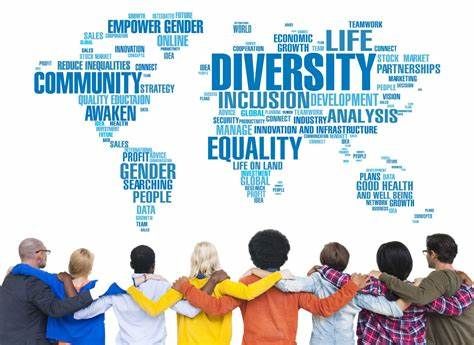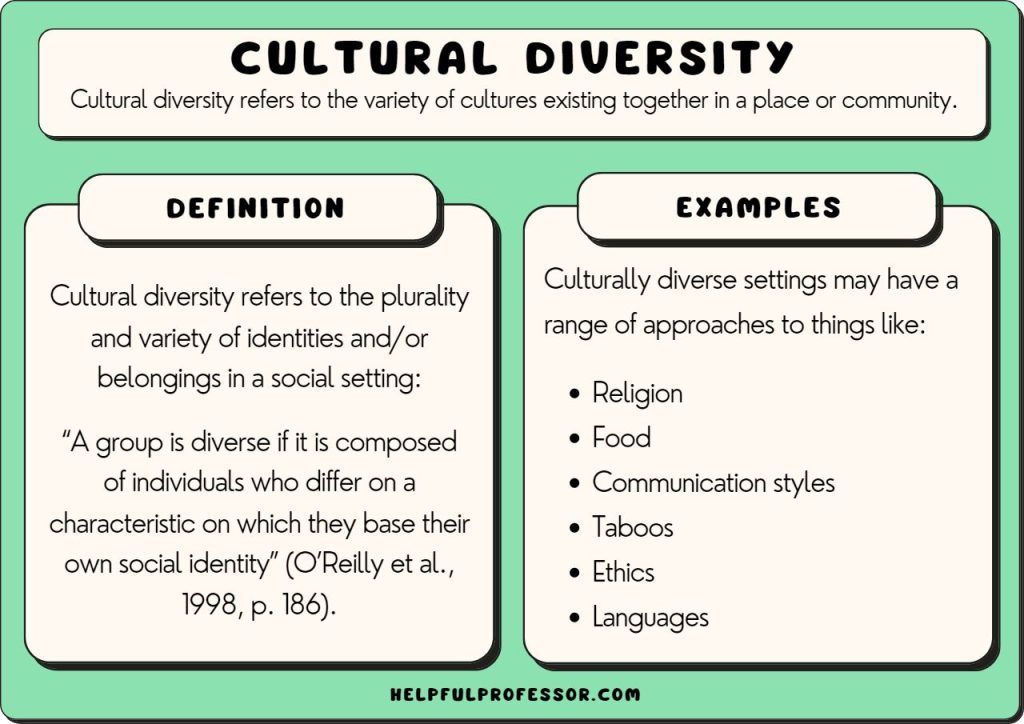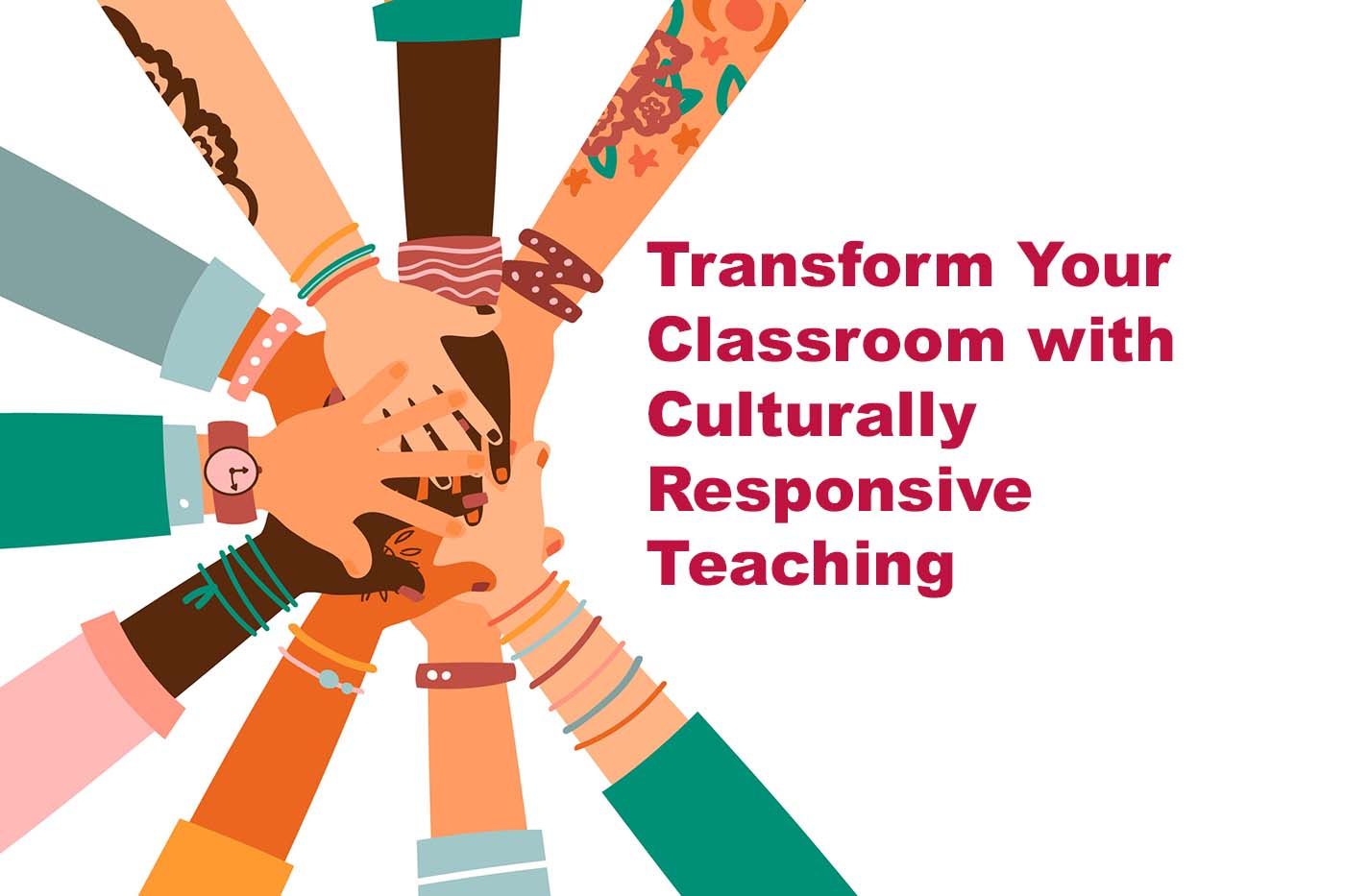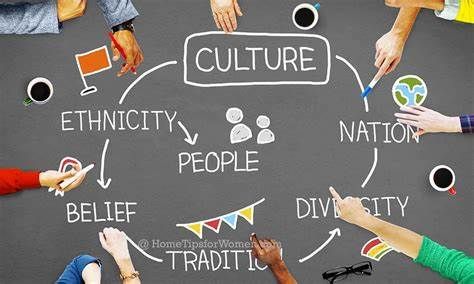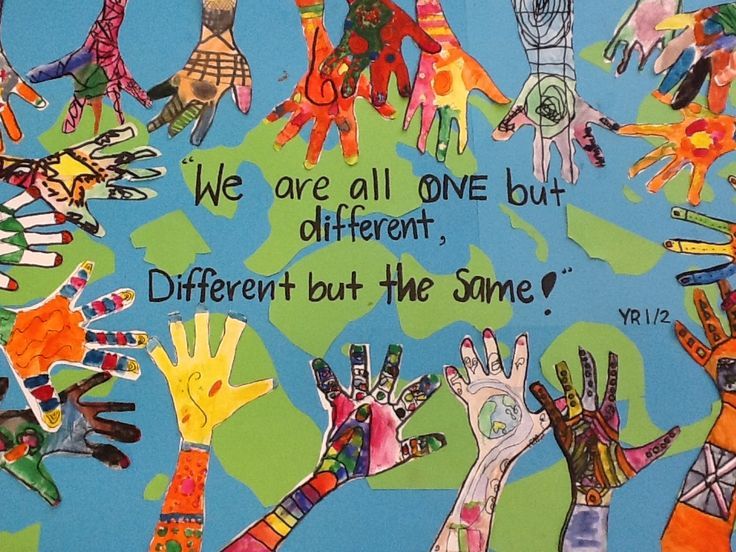Celebrating diversity is an integral part of inclusive education because it acknowledges and values the unique backgrounds, experiences, cultures, and identities of all students.
Why celebrating diversity contributes to fostering inclusion in education?
It promotes a sense of belonging: When students see their own cultures, languages, and identities represented and celebrated in the classroom, they feel a sense of belonging and acceptance. This fosters a positive learning environment where students feel valued for who they are.
It enhances cultural competence: By exposing students to diverse perspectives, customs, and traditions, celebrating diversity helps broaden their understanding of the world and promotes cultural competence. Students learn to appreciate and respect differences, which is crucial for building inclusive communities.
It encourages empathy and understanding: Learning about and celebrating diversity promotes empathy and understanding among students. It helps them recognize and appreciate the unique experiences and challenges faced by individuals from different backgrounds, fostering empathy and compassion.
It supports academic achievement: Research suggests that diverse learning environments can enhance critical thinking skills, creativity, and problem-solving abilities among students. By celebrating diversity, educators create opportunities for students to learn from each other and develop a deeper understanding of complex issues.
It prepares students for the real world: In today's globalized society, it's essential for students to develop the skills and attitudes necessary to navigate diverse communities and workplaces. By celebrating diversity in the classroom, educators help prepare students to thrive in an interconnected world.
It reduces prejudice and discrimination: Celebrating diversity helps challenge stereotypes, biases, and prejudices that may exist among students. By promoting positive interactions and understanding among diverse groups, educators can help create a more inclusive and equitable society.
What can a teacher do to integrate diverse perspectives, cultures, and identities into the curriculum and classroom activities?
How do you personally approach this?

